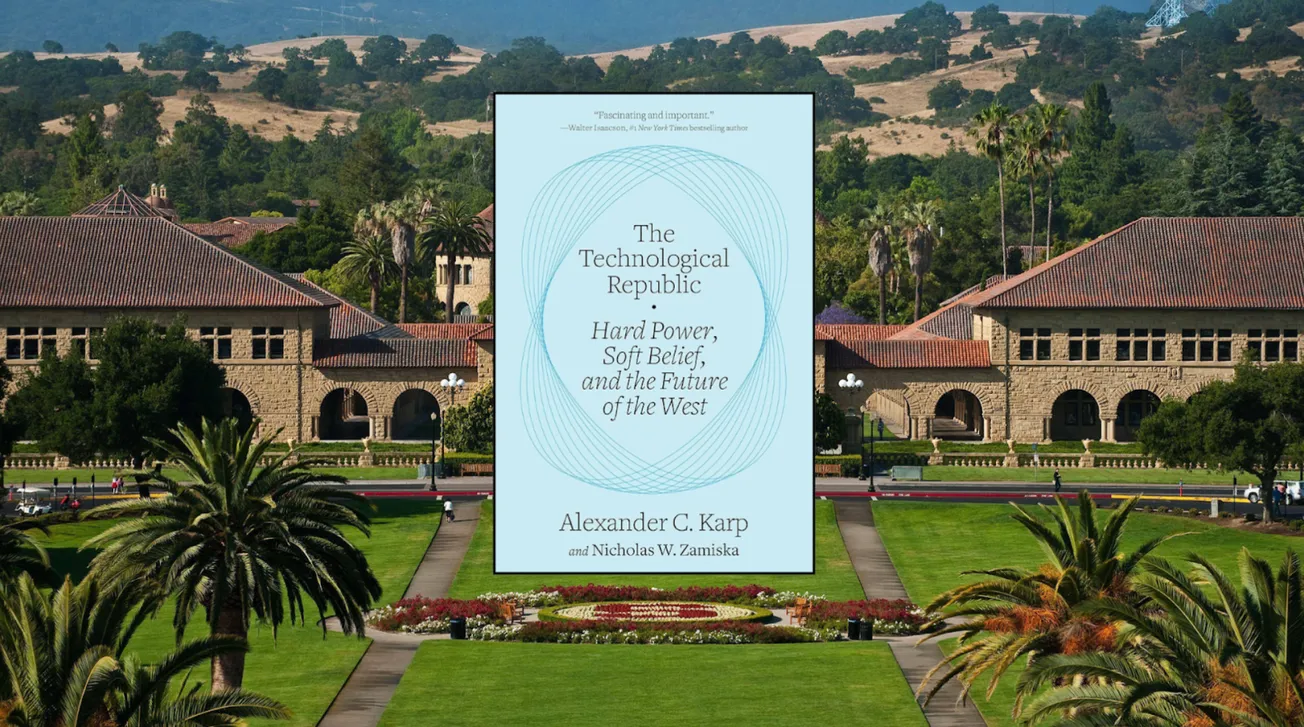Table of Contents
Every day at Stanford's dining halls, thousands of students surrender their meal swipes—and their dignity—for institutional slop masquerading as nutrition. From the rats to the microplastics, the dining halls leave students almost universally disappointed and with upset stomachs. The idea of the college meal plan is so entrenched, however, that no one stops to consider why we even need a university-provided meal plan to begin with.
Imagine what could rise from the ashes if we got rid of the dining halls. Picture walking into what was once Arrillaga Family Dining Commons, and instead of serving stations and wooden chairs, the vast 30,000-square-foot space was divided into several distinct full-service restaurants. Instead of the rice and dry chicken, there's a modern bistro where chefs prepare seasonal California cuisine. In place of the DIY pasta and clumpy marinara, another area houses an authentic Italian trattoria where pasta is made fresh daily. The perpetually out-of-service coffee machine area now features barista-made espresso and an artisanal bakery. Each restaurant provides a complete dining experience with proper ambiance, professional service, and food that hasn't been mass-produced and left to languish under a heat lamp.
This vision isn't fantasy—these restaurants already exist just five minutes from campus in Palo Alto. Such a transformation would happen organically if Stanford simply leased dining hall spaces to commercial vendors who competed for student business.
The resulting upgrade in food quality could be delivered without any price increase for students. With commercial rates in Palo Alto hovering around $90 per square foot annually, the space occupied by dining halls could generate millions in lease revenue each year, partially subsidizing student meals. These spaces would command premium rates given the tremendous foot traffic and guaranteed customer base of thousands of students.
Using conservative estimates from available data and satellite mapping, Stanford's eight dining halls comprise approximately 150,000 square feet of prime real estate, capable of generating at least $13 million in annual revenue—funds that could directly subsidize food costs for students.
Current data shows approximately one-third of meal plan swipes go unused—a totally unnecessary inefficiency that would vanish in a market-based system. With approximately 7,600 undergraduates virtually all required to purchase meal plans, combining the current meal plan budget with lease revenue subsidies would create an allocation of $32 per meal, per student. Without increasing tuition, Stanford could provide students with $32 to spend each time they enter one of these renovated dining establishments—more than enough for an entrée, side, drink, and dessert at Treehouse or Coupa Cafe.
The current dining monopoly is the epitome of bureaucratic thinking. Without competition or a bottom line, there is no accountability for low standards and no reward for success. So then why do we tolerate this Soviet-style food distribution system? Institutional inertia and misguided paternalism. Administrators believe they know best on what food should be served, when it should be served, and how much it should cost. If the prohibitive factor is providing healthy options, Stanford could easily establish nutritional guidelines as conditions in vendor contracts, maintaining their nutritional standards.
This isn't some untested fantasy—it's a proven model that's already in use at peer institutions. NYU, Vanderbilt, and UC Berkeley all have some kind of meal exchange option, where students can use a meal swipe at retail locations, typically for an entrée, side, and drink.
Stanford's reputation for bold thinking and innovation should not fail when it comes to feeding its students. An ever-unpopular system that delivers neither quality nor value does not need incremental reform. It needs a sledgehammer.









